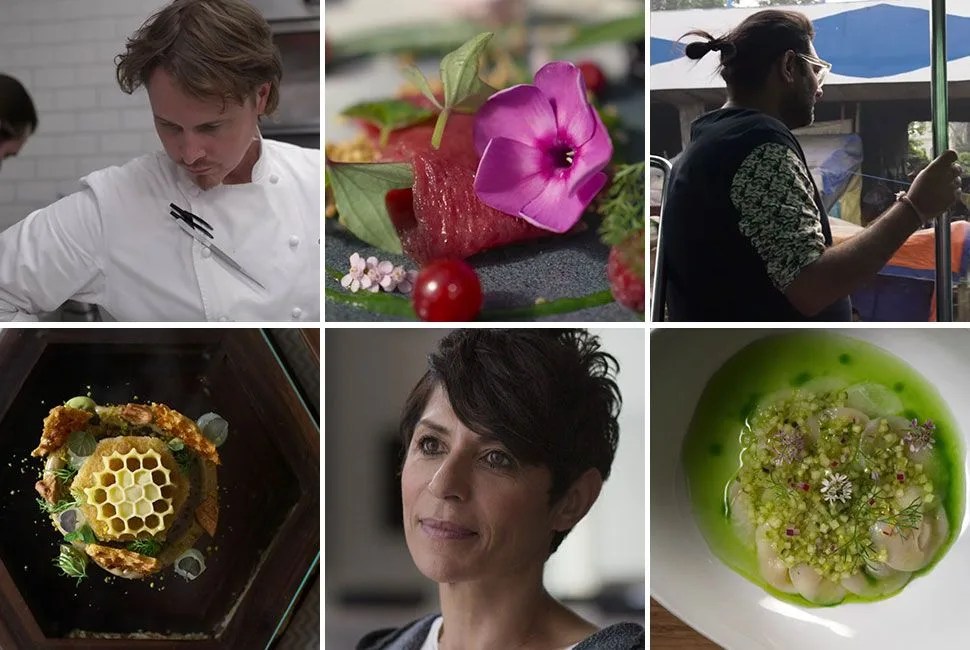As far as culinary docu-series go, Chef’s Table, which premiered its second season today on Netflix, is in another class. There’s never been anything like it, for two main reasons: content and presentation. Aesthetically, until a few years ago, technology just couldn’t capture food with anything resembling justice to the craftsmanship and consideration of the chefs. For a decade beginning in 1997, Emeril Live was synonymous with food television. Emeril Lagasse kicked it up a notch in his fake kitchen once a week, more famous for his northeastern accent — “bam!” — than his food. He became, in effect, a television personality first, chef second. He was the show, and it showed. The camera largely used pulled-back, medium shots (in order to keep Emeril and his white apron in the frame). Any close-ups of the food were uninspired vantages showing bland colors and little texture. Like the NFL games during this time, the viewer occasionally had to guess at what was happening on screen.
Fast forward to 2011 and we’ve got Jiro Dreams of Sushi, the universally loved documentary creation by David Gelb. Using the newly released Red One Camera, and aided by the hospital-clinic-white backdrop of Jiro Ono’s Tokyo sushi restaurant, Gelb captured food using the same equipment that would be seen the following year in Ridley Scott’s Prometheus. Sushi had literally never looked so good. And to accompany the food, Gelb had a great story: Jiro.
Jiro Ono, then an 85-year-old sushi chef, was the entertaining star of Jiro Dreams of Sushi. He’s considered among the greatest sushi chefs of all time. His ten-seat restaurant, located in a Tokyo subway station, has three Michelin Stars, despite not having a bathroom. (Obama called it the “best sushi I’ve ever eaten.”) He worked alongside his eldest son, who eagerly awaited his fathers retirement (his younger son, unable to inherit Jiro’s legacy, got the better deal, opening his own restaurant). He had cultivated a supply chain in which every link was the best possible version of whatever it was he needed — rice, fish, seaweed. And most importantly, he was obsessed. He was the realized version of “master,” the perfectionist who devotes an entire life to one thing. It was Malcolm Gladwell’s 10,000-hour rule, except it wasn’t some frizzly haired nerd writing about it; it was a bald Japanese man living it.
This brings us to Chef’s Table. Created by David Gelb as a serialized, mini version of Jiro Dreams of Sushi, each of the first season’s six episodes focus on one master chef from various cities around the world. And each chef is on Jiro’s level: five of the six run restaurants that are ranked among The World’s 50 Best Restaurants, a ranking that has come to supersede Michelin’s stars in prestige. In each episode, the chef showcases a struggle to dominate in one of the most competitive industries around, and reveal a sliver of the grit it took to overcome. It’s not a cooking show so much as it’s a show about failing to concede a limitation on what’s possible. Humans have been cooking food since we discovered fire. But Chef’s Table — with unrivaled cinematic flare and storytelling to make Emeril blush — shows that the best food is yet to come.

